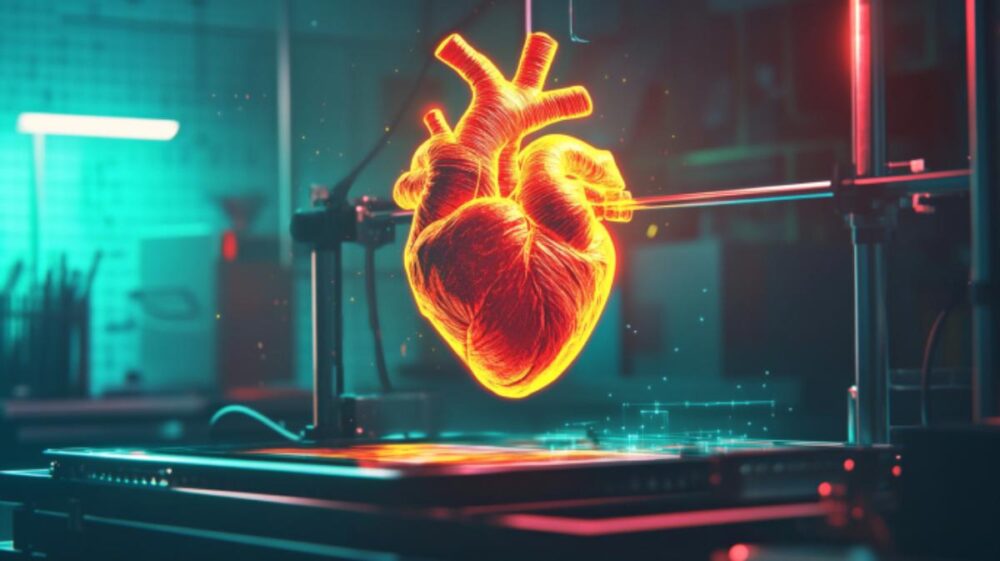Ultra-Fast Bioprinter Creates Tissues 350 Times Faster Than Existing Models
Engineers at the University of Melbourne have developed a high-speed 3D bioprinter that uses acoustic waves to form living tissues. This innovation is based on a fundamentally new approach to the bioprinting process.
Traditional bioprinting methods have always been considered slow and delicate. Layer-by-layer cell deposition carried a high risk of cell damage, and the complexity of the structures that could be created was quite limited. The new technology completely overcomes these drawbacks.
David Collins, head of the Collins BioMicrosystems Laboratory, highlights the main advantage of the invention: the ability to precisely position cells within the created tissues. According to him, improper arrangement of cellular structures is the main reason why most existing bioprinters cannot accurately replicate parts of the human body.
Professor Collins draws an interesting analogy with cars: just as mechanical components in a car must be arranged in a specific way to function properly, cells in tissues require correct organization. Until now, bioprinters relied on the natural alignment of cells without any directed influence, which greatly limited their capabilities.
The new device operates on a unique principle: acoustic waves generated by vibrating bubbles manipulate cells and create complex three-dimensional structures. The introduction of an advanced optical system made it possible to abandon the traditional layer-by-layer printing method. As a result, the device forms cellular structures in just seconds, working 350 times faster than existing models. At the same time, the created conditions ensure proper cell differentiation and their maturation into fully functional tissues.
Cells survive better thanks to the record-short printing time and the absence of additional manipulations. Printing is performed directly in standard laboratory plates, maintaining the integrity and sterility of the created structures. Unlike previous methods, which required carefully moving finished samples and risked damaging them, the new technology eliminates this risky step.
Graduate student Callum Widler, the lead author of the study, emphasizes another point: although biologists have always seen enormous potential in bioprinting, low productivity has significantly limited its application.
Accurate reproduction of human tissues opens new horizons for disease research and the search for treatments. The technology is especially valuable for oncology: by recreating specific organs and tissues, scientists can accelerate the development of anti-cancer drugs. The method also lays the foundation for personalized medicine, where therapies are tailored to the genetic characteristics of each patient.



